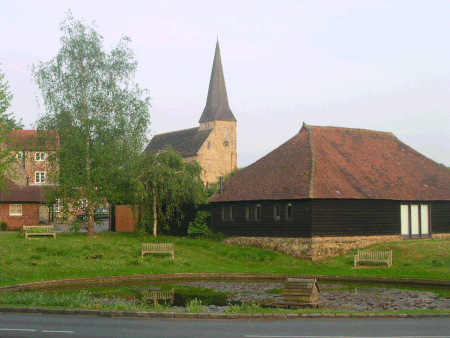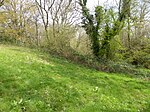Wisborough Green
Villages in West Sussex

Wisborough Green is a village and civil parish in the north of the Chichester district of West Sussex, England, 2 miles (3.2 km) west of Billingshurst on the A272 road. Newbridge, where the A272 crosses the River Arun 1 mile (1.6 km) east of the village, was the highest point of the Arun Navigation, and the southern end of the Wey and Arun Canal. Newbridge Wharf(e), beneath the bridge, was an important part of the local transport system in the nineteenth century, before which, in the parish much further south, Pallingham Quay or Wharf was the limit of most navigation.
Excerpt from the Wikipedia article Wisborough Green (License: CC BY-SA 3.0, Authors, Images).Wisborough Green
Petworth Road, Chichester Wisborough Green
Geographical coordinates (GPS) Address Nearby Places Show on map
Geographical coordinates (GPS)
| Latitude | Longitude |
|---|---|
| N 51.023 ° | E -0.505 ° |
Address
Petworth Road
Petworth Road
RH14 0DY Chichester, Wisborough Green
England, United Kingdom
Open on Google Maps






